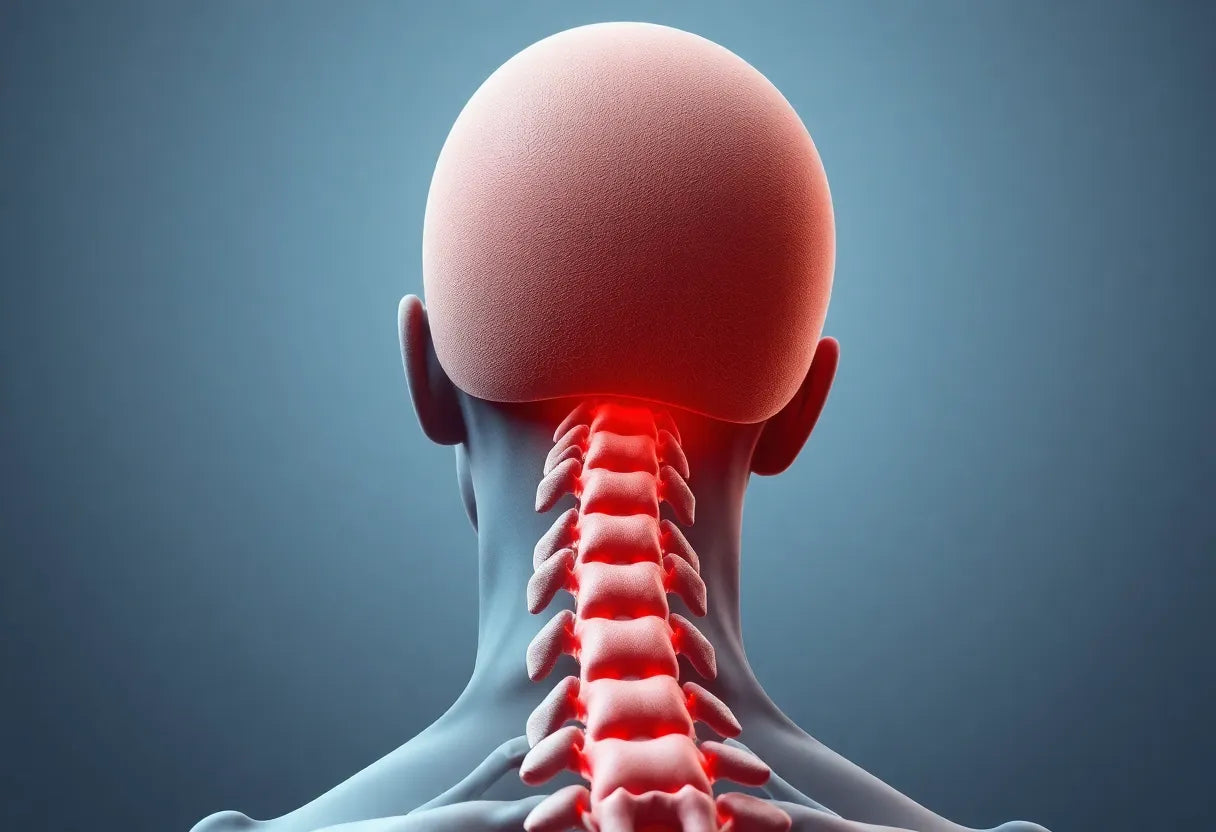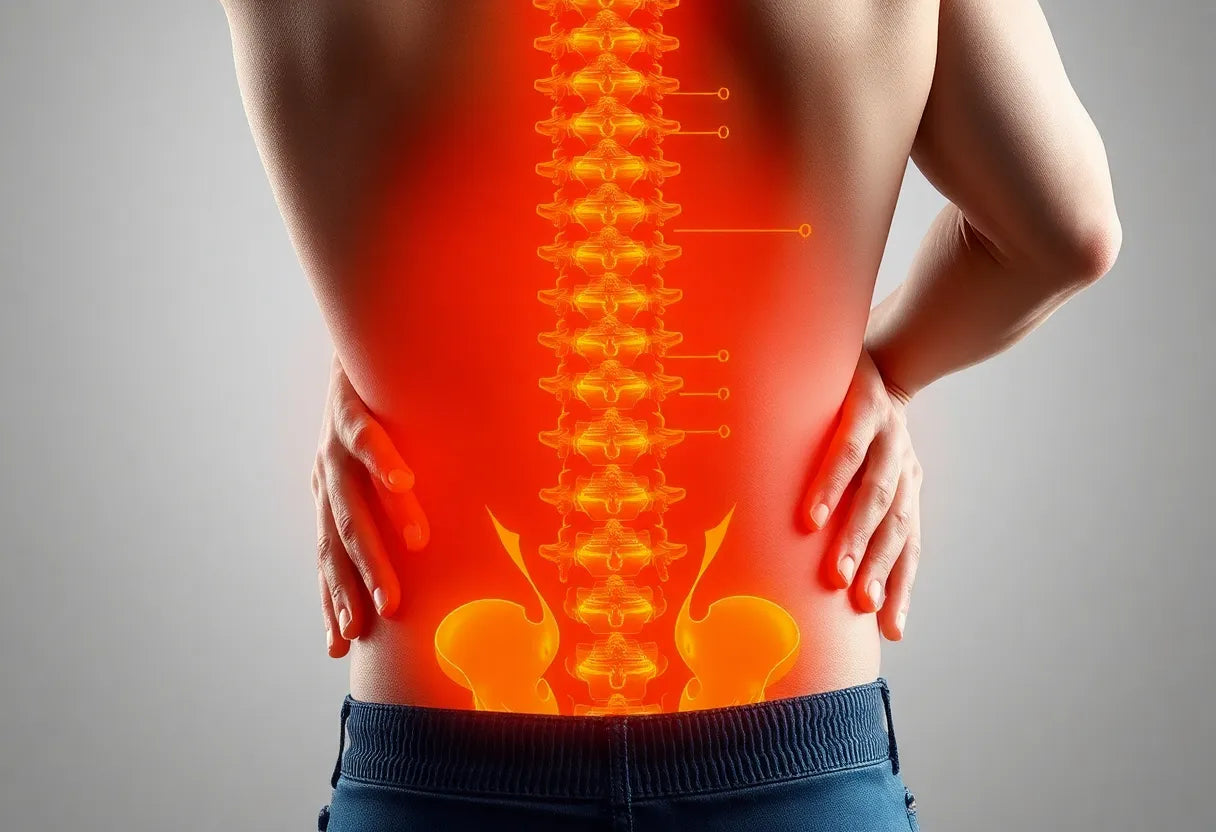In today's fast-paced world, where many of us find ourselves glued to our desks or behind the wheel for hours on end, a new, unexpected adversary has emerged: buttock pain when sitting. This discomfort, a byproduct of our increasingly sedentary lifestyles, has become a common complaint, turning the simple act of sitting into a source of significant unease. Why does an activity as seemingly benign as sitting cause so much discomfort for so many people?
understanding the prevalence of buttock pain
Buttock pain when sitting is a widespread issue, particularly among office workers, drivers, and anyone else who spends a significant portion of their day seated. The modern work environment often demands long hours in front of computers, leading to prolonged periods of sitting that can strain the body in ways we might not immediately recognize. This problem is not just a minor inconvenience; it can severely impact productivity and quality of life.
Understanding the root causes of this pain is crucial for finding effective relief. Several factors can contribute to buttock pain, including prolonged or improper sitting, sciatica, piriformis syndrome, and more. Each of these conditions affects the body differently, but they all share a common theme: they are exacerbated by the way we sit and the duration for which we remain seated.
the promise of relief
This blog post aims to provide a comprehensive guide to understanding, diagnosing, and managing buttock pain. By exploring the underlying causes and offering practical solutions, we hope to empower readers with the knowledge they need to alleviate discomfort and improve their overall well-being. Whether you're dealing with occasional discomfort or chronic pain, understanding the root of the problem is the first step towards finding relief.
Stay tuned as we delve deeper into the specific causes of buttock pain when sitting, explore the symptoms to watch for, and discuss when it's time to seek professional help. With the right information and strategies, sitting doesn't have to hurt. Let's embark on this journey to reclaim comfort and ease in our everyday lives.
common causes of buttock pain when sitting
Buttock pain when sitting can stem from a variety of causes, each affecting the body in unique ways. One of the most prevalent issues is prolonged or improper sitting, which can lead to what is colloquially known as "dead butt syndrome" or gluteal amnesia. This condition occurs when the gluteal muscles become inactive and weak due to extended periods of sitting, leading to muscle strain and nerve compression.
Sciatica is another common culprit, characterized by the compression of the sciatic nerve. This nerve runs from the lower back through the buttocks and down each leg. When compressed, it can cause pain that radiates from the buttock down the leg, often described as a sharp, shooting pain.
Piriformis syndrome involves the piriformis muscle, which is located in the buttock region near the top of the hip joint. This muscle can irritate or compress the sciatic nerve, leading to symptoms similar to sciatica. Risk factors include prolonged sitting, particularly on hard surfaces, and activities that involve repetitive hip movements.
Ischial bursitis, another potential cause, is the inflammation of the bursa located near the sit bones. This condition is often exacerbated by activities that involve sitting for extended periods or direct pressure on the buttocks. Symptoms include pain when sitting and tenderness in the buttock area.
Proximal hamstring tendinopathy is an overuse injury that affects the tendons connecting the hamstrings to the sit bones. It is commonly seen in athletes and individuals who engage in activities that involve repetitive bending or running. This condition can cause significant discomfort when sitting or performing physical activities.
Other contributing factors to buttock pain when sitting may include hip arthritis, injuries, and muscle overuse. Each of these conditions requires a tailored approach to diagnosis and treatment, emphasizing the importance of understanding the specific cause of pain.
key symptoms to recognize
Recognizing the symptoms of buttock pain when sitting is crucial for early intervention and effective management. Common pain characteristics include aching, burning, or shooting sensations in one or both buttocks. These symptoms can be accompanied by numbness or tingling, particularly if nerve involvement is present, as seen in conditions like sciatica or piriformis syndrome.
Movement-related discomfort is another key symptom, often manifesting as stiffness or pain when transitioning from sitting to standing. Individuals may also experience increased pain after prolonged periods of sitting or engaging in physical activities such as running or bending.
diagnosis and when to seek medical attention
Diagnosing the underlying cause of buttock pain when sitting typically involves a thorough physical examination and, in some cases, imaging studies such as X-rays or MRIs. These diagnostic tools help healthcare professionals identify specific conditions like sciatica, piriformis syndrome, or bursitis.
It is important to seek medical attention if buttock pain persists despite self-care measures, or if it is accompanied by severe symptoms such as significant weakness, loss of bowel or bladder control, or intense pain that disrupts daily activities. Consulting a healthcare professional can provide a definitive diagnosis and guide appropriate treatment strategies, ensuring a path to relief and improved quality of life.
effective treatment strategies for buttock pain
Addressing buttock pain when sitting requires a multifaceted approach that combines lifestyle adjustments, physical therapy, and condition-specific treatments. Implementing these strategies can significantly alleviate discomfort and improve your quality of life.
general recommendations
One of the simplest yet most effective strategies is to incorporate regular movement into your daily routine. Avoid sitting for prolonged periods by taking frequent breaks to stand, stretch, or walk around. This helps prevent the muscles from becoming inactive and reduces strain on the lower back and buttocks.
Ergonomic adjustments at work and home can also play a crucial role in alleviating buttock pain. Consider investing in ergonomic chairs or cushions that support proper posture and distribute weight evenly. Adjusting your workstation to promote a neutral spine position can further reduce the risk of developing pain.

Women's Posture Shirt™ - Black
Patented shirt that activates muscles, relieves pain, and improves posture. Documented results and comfortable fit.
physical therapy and exercises
Physical therapy offers targeted exercises that strengthen the gluteal and hip muscles, addressing muscle imbalances that contribute to pain. Exercises such as bridges, clamshells, and hip stretches can enhance muscle activation and flexibility, providing relief from discomfort.
Incorporating these exercises into your routine can prevent the recurrence of pain and promote long-term muscle health. A physical therapist can guide you in performing these exercises correctly and tailor a program to suit your specific needs.
condition-specific interventions
For conditions like ischial bursitis or proximal hamstring tendinopathy, specific treatments may be necessary. Anti-inflammatory medications can reduce swelling and pain, while stretching exercises can alleviate tightness in the affected muscles.
In some cases, more advanced treatments such as corticosteroid injections may be recommended to address persistent inflammation. Rehabilitation programs focusing on gradual strengthening and flexibility can aid recovery and prevent further injury.
lifestyle modifications
Gradually returning to physical activity after an injury is crucial to avoid exacerbating pain. Begin with low-impact exercises and gradually increase intensity as your condition improves. Maintaining an active lifestyle, even after recovery, is essential to prevent future occurrences of buttock pain.
Incorporating activities such as yoga or Pilates can enhance core strength and flexibility, supporting overall joint health and reducing the risk of pain.

Lumbar support belt
Adjustable belt that relieves and supports your lower back during daily activities or rest.
frequently asked questions
Is buttock pain serious?
While buttock pain is often not serious, it can indicate underlying conditions that require attention. If the pain persists, is severe, or is accompanied by symptoms like numbness or loss of bladder control, it is important to seek medical evaluation to rule out serious conditions.
What exercises help buttock pain from sitting?
Exercises such as glute bridges, clamshells, and hip flexor stretches can be effective in relieving buttock pain. These exercises target the muscles in the hips and buttocks, promoting strength and flexibility.
When should I see a doctor?
You should consult a doctor if your buttock pain does not improve with self-care, is severe, or is accompanied by symptoms like significant weakness, numbness, or changes in bowel or bladder function. These could be signs of a more serious condition that requires medical intervention.
Can ergonomic aids help with buttock pain?
Yes, ergonomic aids such as supportive chairs and cushions can significantly reduce buttock pain by promoting proper posture and reducing pressure on the sit bones. These aids can be an effective part of a comprehensive pain management strategy.
How can I prevent buttock pain from sitting?
Preventing buttock pain involves regular movement breaks, maintaining good posture, and using ergonomic furniture. Strengthening exercises for the gluteal and hip muscles can also help prevent the onset of pain associated with prolonged sitting.
Kilder
- Hinge Health. (n.d.). "Buttock Pain When Sitting and Lying Down."
- Medical News Today. (n.d.). "Pain in Bottom When Sitting."
- Cleveland Clinic. (n.d.). "Ischial Bursitis."
- OrthoTOC. (n.d.). "Buttock Pain Causes."
- MedlinePlus. (n.d.). "Patient Instructions: Buttock Pain."
- Banner Health. (n.d.). "Dead Butt Syndrome: Why Your Butt Hurts from Sitting."
- Cleveland Clinic. (n.d.). "Piriformis Syndrome."
- Cedars-Sinai. (n.d.). "Piriformis Syndrome."


















